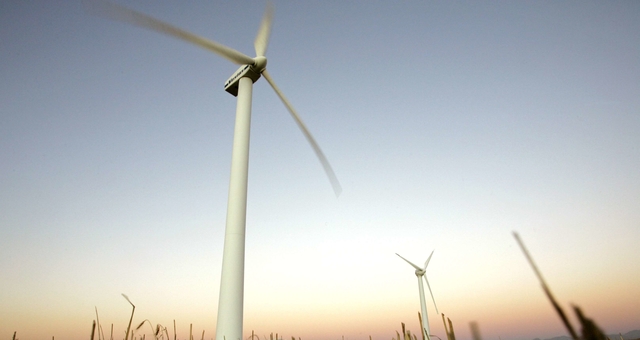South African President Cyril Ramaphosa’s plan to split Eskom into three is hardly new.
- The idea was first broached as far back as 1998, and since then structural reform of the electricity sector has been a frequent topic in presidential State of the Nation addresses.
- Implementation has lagged behind.
This time it could be different: with Eskom in the midst of dire financial and operating difficulties, Ramaphosa made an explicit to commitment to reform.
Eskom is the country’s largest employer and plays an important political role in subsidising some of South Africa’s poorest municipalities, such as Soweto, which pay no more than 10% of their electricity bills with no risk of being cut off.
- The company’s overstaffing is sensitive in a context of high unemployment.
- The National Union of Mineworkers, fearing that Ramaphosa’s plan is a prelude to privatization, has said it will fight the initiative “tooth and nail”.
- “The government cannot allow Eskom to fail”, says Dan Marks, Senior Research Analyst at Cross-border Information in London. “The question has been how it can keep the utility afloat without causing a downgrade of the sovereign credit rating, thereby hugely inflating the cost of its own debt.”
Eskom’s social and political role comes at a cost, with revenues that cannot support high operating costs and capital expenditures. Latest half-year results show debt at nearly 15 times Ebitda (earnings before interest, tax, depreciation and amortisation). Interest payments consume around 90% of Ebitda.
Eskom’s plans to divide and conquer
Chris Haffenden, Managing Editor at Debtwire, told Biznews radio that the planned division of the business into three will help financing, as some parts of the business will be able to borrow more.
- International investors are willing to invest in the transmission and distribution business.
- The plan, however, does not provide a long-term rationale for the future of Eskom.
- Neither does it solve the biggest problems, which are the generating business and getting debt down to sustainable levels.
South Africa’s sovereign downgrade threat
Vikrant Bhalerao, head of coverage, wealth and investment for central and southern Africa at Standard Bank Jersey, argues that the board appointed at Eskom in January 2018 “needs to be credited with the efforts and the progress they have made” in turning the company around.
Bhalerao says that the break-up plan means that the three segments of Eskom can become profitable businesses on a stand-alone basis, so reducing dependence on state financing.
And he argues that there are already signs of “renewed local and international investor appetite” in Eskom, from stakeholders such as development finance institutions, local and international debt capital markets and export credit agencies.
But investors will need to see much more, says Ben Payton, head of Africa at Verisk Maplecroft in London. Dividing Eskom into three is not a radical solution, Payton says, noting that similar reforms have been carried out in many other countries. “The restructuring would only be a modest step forward.” It would improve transparency and corporate governance but would not reduce the overall indebtedness of Eskom Holdings – which would remain the parent of all three entities under the government’s plan.
- Payton says that Eskom is facing “a financial catastrophe, following years of massive corruption and epic managerial incompetence.” The probable need to bail out Eskom in the near future means that “South Africa’s sovereign credit rating with Moody’s is under greater threat than at any time since Jacob Zuma was deposed.”
If the government was forced to put enormous amounts of money into the utility without a “clear and convincing plan” to turn it around, there could be a credit rating downgrade, says Marks. Payton argues that regardless of whether Moody’s downgrades, the government’s borrowing costs are likely to rise, and major spending cuts in next week’s budget are unlikely with a general election approaching in May.
A doomsday scenario where Eskom collapses is likely to be avoided.
- “The utility is simply too big to fail,” Payton says, “and the government will have no choice other than to provide incremental bailouts so that it can remain a going concern.”
- According to Marks, Eskom has reached “a crunch point where most people seem to have accepted that change is necessary.” He thinks that Ramaphosa is capable of implementing real change, and says that his background in the unions will help. The president is “nothing if not a great negotiator.”
Those skills may only come fully into play after the election. Payton says that more radical steps such as partial part-privatization will have to wait. In the longer term, “South Africa will have to go much further in dismantling Eskom’s virtual monopoly.”
Understand Africa’s tomorrow… today
We believe that Africa is poorly represented, and badly under-estimated. Beyond the vast opportunity manifest in African markets, we highlight people who make a difference; leaders turning the tide, youth driving change, and an indefatigable business community. That is what we believe will change the continent, and that is what we report on. With hard-hitting investigations, innovative analysis and deep dives into countries and sectors, The Africa Report delivers the insight you need.
View subscription options

